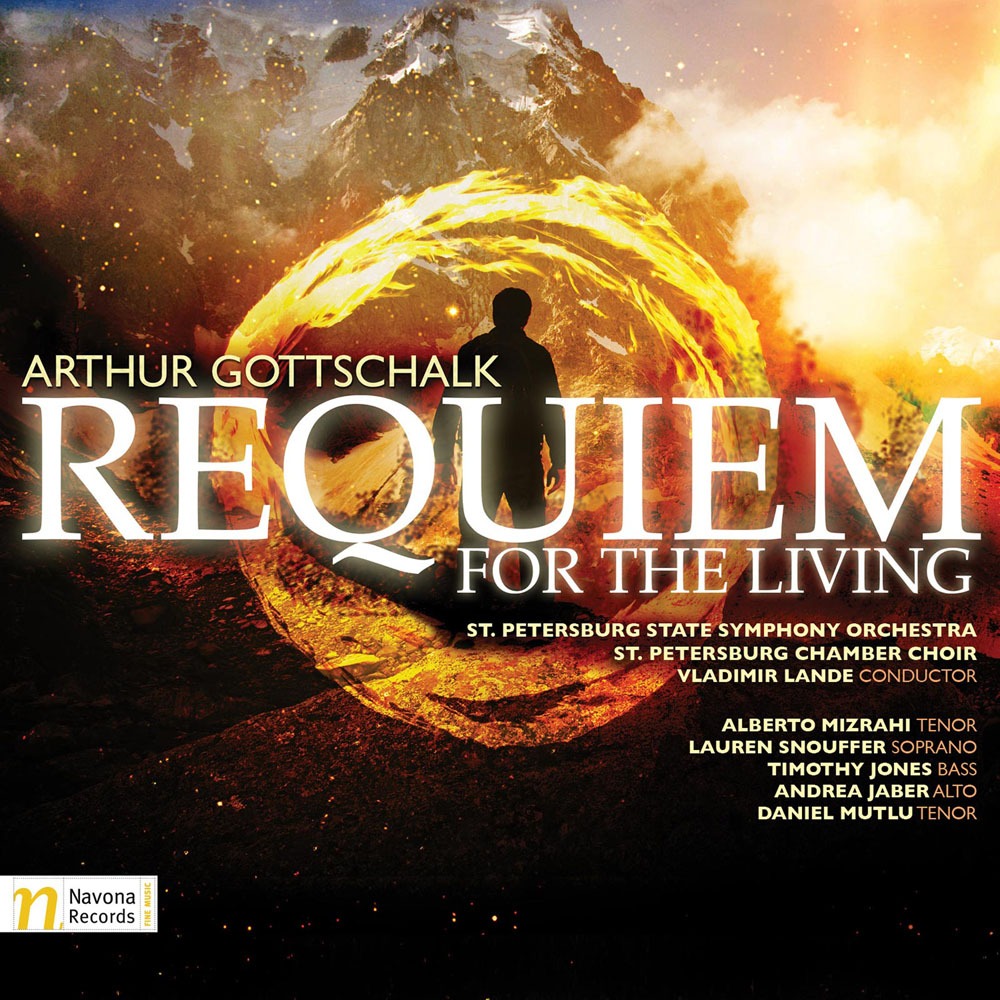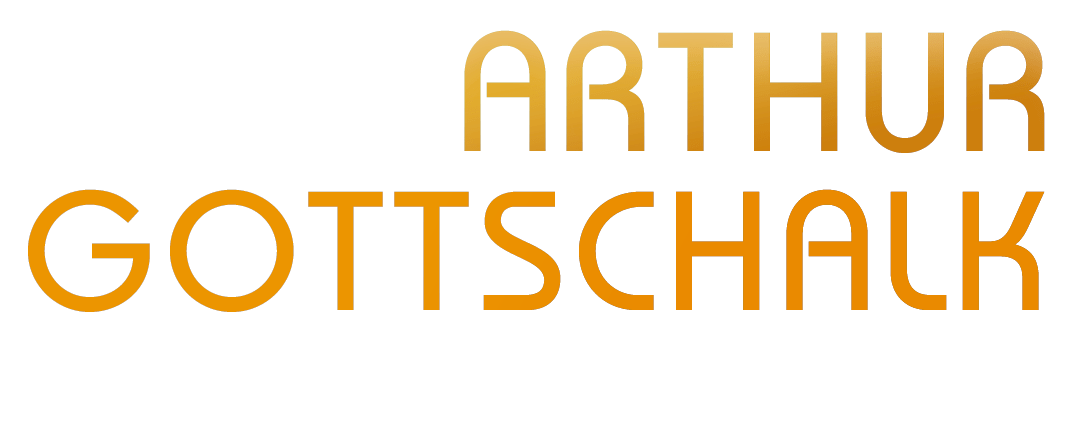
Arthur Gottschalk’s ‘REQUIEM: FOR THE LIVING’ – heard by Ron Bierman
Originally Published By: Music & Vision
Arthur Gottschalk is a professor of music at Rice University. His specialties are music business and law, film music, music theory, music composition, and counterpoint. He has had substantial practical experience with each of these since he cofounded a company which held a recording studio, a record-production division, four publishing firms, and an artist-management division. As a composer he’s written for feature films, television programs, commercials and the concert stage. Requiem for the Living includes much of the standard requiem text in Latin, but seven of the eight movements incorporate various other sources, and each source evokes its own musical style. Gottschalk’s unusually diverse background helps explain his effective use of such diverse styles.
The interpolations are based on a broad range of moral thought, from Buddha and Muhammed to Duke Ellington and George Eliot. The first line of the first movement, for example, begins in Latin with the traditional ‘Eternal rest give unto them, O Lord’. But Gottschalk soon inserts a Hebrew memorial prayer in English, which is sung here by Cantor Alberto Mizrahi. The tenor is rightly famed for his interpretation of Jewish music, having sung for presidents and on numerous recordings. But his voice is strained as he enters on a high note.
Listen — Arthur Gottschalk: Introit — Yizkor — Kyrie
(Requiem for the Living) (track 1, 0:00-1:04) © 2015 Navona Records LLC:
Interestingly, the first movement is repeated in this recording after the end of the requiem, and Daniel Mutlu sings the tenor part. The listener can choose between Mizrahi’s authentic Cantorian melisma and Mutlu’s more flexible operatic voice.
The 9/11 attack was a catalyst that led to this requiem, Gottschalk’s ecumenical response. He pointedly paraphrases a line from the Quran in an addition to the Dies Irae: ‘… who do good have nothing to fear’. Alto Andrea Jaber and soprano Lauren Snoufer do full justice to the thought in one of the work’s most beautiful moments.
The treatment of the Dies Irae theme is also striking. One of several Orff-like moments leads up to it. Unexpected juxtapositions continue to appear throughout the work. In an extreme stylistic mashup, Duke Ellington swings out between the traditional Sanctus and Benedictus.
And this could have been written by Gershwin.
It’s far from unusual for a contemporary composer to produce a musical collage, and the composer’s expertly executed side trips are appropriate to the message. Even so, they do dilute the piece’s purely musical impact. It’s impossible to go from Orff to Ellington without feeling a little disoriented.
Requiem for the Living is best appreciated as a philosophical statement — a message to the living of its title: beneath outward differences in religion, diverse cultures share common values. Gottschalk quotes Ellington in the Sanctus: ‘… there is no language that God does not understand’.
The final movement echoes that optimistic belief with triumphant joy.
The finale sounds episodic in this performance, and dynamics might have been managed better to make the climactic ending seem less abrupt. Vladimir Lande otherwise leads a solid performance of both orchestra and choir. Lauren Snouffer and Andrea Jaber blend well in lovely duet passages, and the male soloists sing with spirit. Requiem for the Living is worth hearing. It is filled with beautiful moments, and expresses a timely, heartfelt message.
Related Articles
- April 17, 1994
Recent Articles
Upcoming Events
Upcoming Events
- There are no upcoming events.

